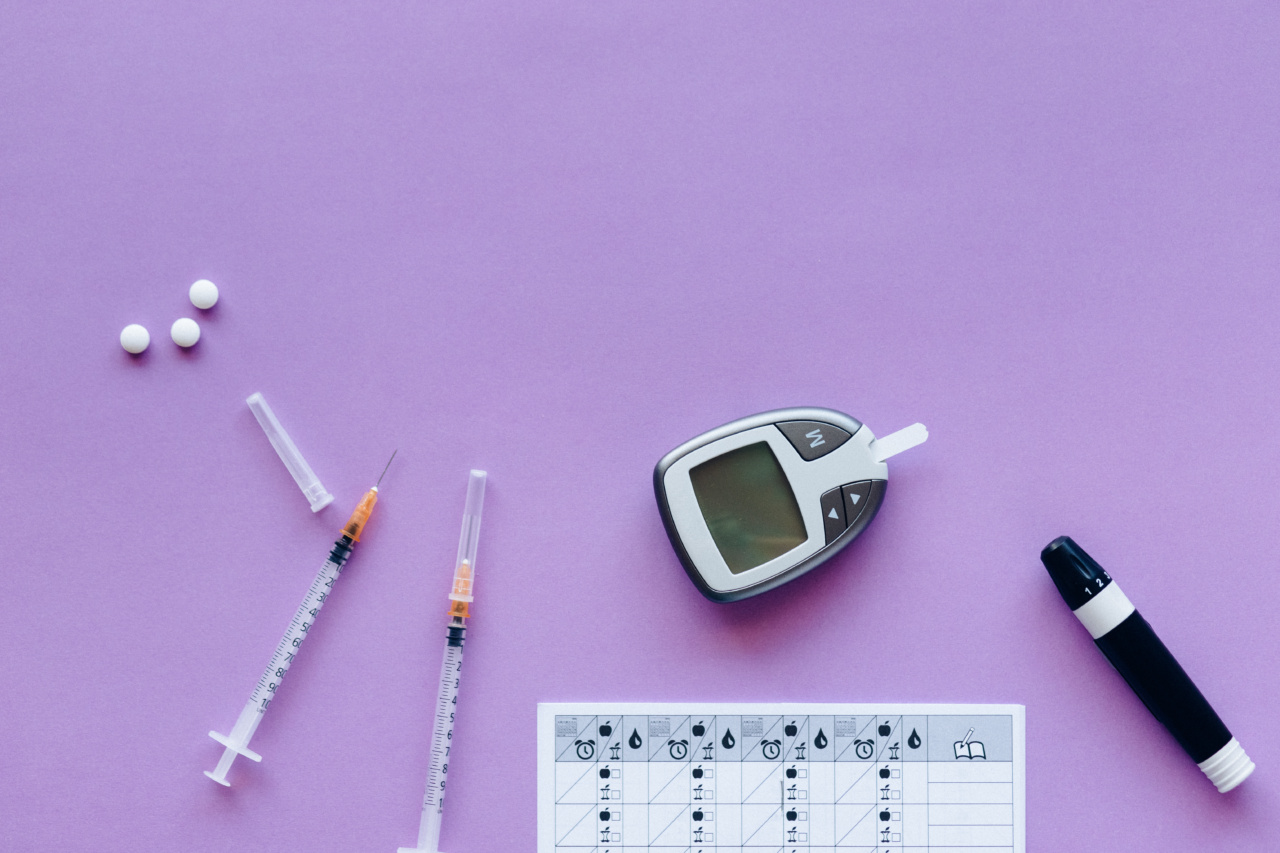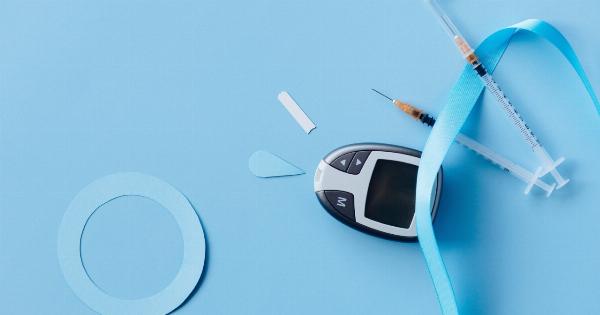Type 1 diabetes is a chronic condition that affects millions of people worldwide. It occurs when the body’s immune system mistakenly attacks and destroys the insulin-producing cells in the pancreas.
As a result, individuals with type 1 diabetes must rely on external insulin injections to regulate their blood sugar levels. However, recent advancements in stem cell research offer a glimmer of hope for those living with this condition.
Stem cells have the potential to revolutionize the treatment of type 1 diabetes by regenerating the insulin-producing cells in the pancreas, reducing or even eliminating the need for insulin injections.
Understanding Type 1 Diabetes
Type 1 diabetes is an autoimmune disease that typically starts in childhood or adolescence. It is characterized by the inability of the pancreas to produce insulin, a hormone responsible for regulating blood sugar levels.
Without insulin, glucose accumulates in the bloodstream, leading to hyperglycemia.
The Limitations of Insulin Injections
For decades, insulin injections have been the primary method of managing type 1 diabetes. While insulin therapy is crucial for survival, it is not an ideal solution.
Insulin injections require constant monitoring of blood sugar levels and precise dosing, posing a significant burden on individuals living with type 1 diabetes. Moreover, insulin therapy cannot fully replicate the sophisticated feedback mechanisms of a healthy pancreas, leading to suboptimal glycemic control in many cases.
Stem Cells: A Game-Changing Therapy
Stem cells are unique cells with the ability to differentiate into various specialized cell types. They hold immense potential in regenerative medicine, including the treatment of type 1 diabetes.
Researchers have been exploring different approaches to harnessing the regenerative power of stem cells to restore the pancreatic beta cells that produce insulin.
Embryonic Stem Cells
One approach involves the use of embryonic stem cells (ESCs). These are pluripotent cells derived from early-stage embryos.
ESCs can be coaxed into differentiating into insulin-producing beta cells, offering a potential unlimited source of pancreatic cells for transplantation. However, the use of ESCs raises ethical concerns and regulatory challenges, limiting their widespread adoption.
Induced Pluripotent Stem Cells
Another promising avenue in stem cell research is the use of induced pluripotent stem cells (iPSCs). iPSCs are adult cells that have been reprogrammed to revert to a pluripotent state, similar to ESCs.
By introducing specific genes and growth factors, researchers can transform adult cells, such as skin cells, into iPSCs. These iPSCs can then be differentiated into insulin-producing beta cells for transplantation.
In Vivo Regeneration
In addition to ex vivo approaches, scientists are also exploring the possibility of regenerating beta cells within the body. This approach involves stimulating the body’s own stem cells to differentiate into functional beta cells.
By identifying the molecular signals that promote beta cell regeneration, researchers aim to develop targeted therapies that could potentially regenerate the damaged pancreatic cells in individuals with type 1 diabetes.
Challenges and Future Directions
While the potential of stem cells in treating type 1 diabetes is promising, there are several challenges that need to be overcome.
One of the critical challenges is ensuring the safe and effective differentiation of stem cells into functional beta cells. Additionally, ensuring the long-term survival and functionality of transplanted beta cells remains a hurdle.
Despite these challenges, ongoing research and technological advancements are paving the way for further progress in stem cell-based therapies for type 1 diabetes.
The ultimate goal is to develop a curative treatment that can completely replace the need for external insulin administration.
Conclusion
The treatment of type 1 diabetes has come a long way, and insulin injections have been a lifeline for millions of individuals. However, the advancements in stem cell research offer new hope for a potential cure.
Stem cell-based therapies, whether through transplantation or in vivo regeneration, have the potential to restore insulin production in individuals with type 1 diabetes. While further research is needed, the future looks promising for a world where insulin injections are no longer the only solution for type 1 diabetes.































